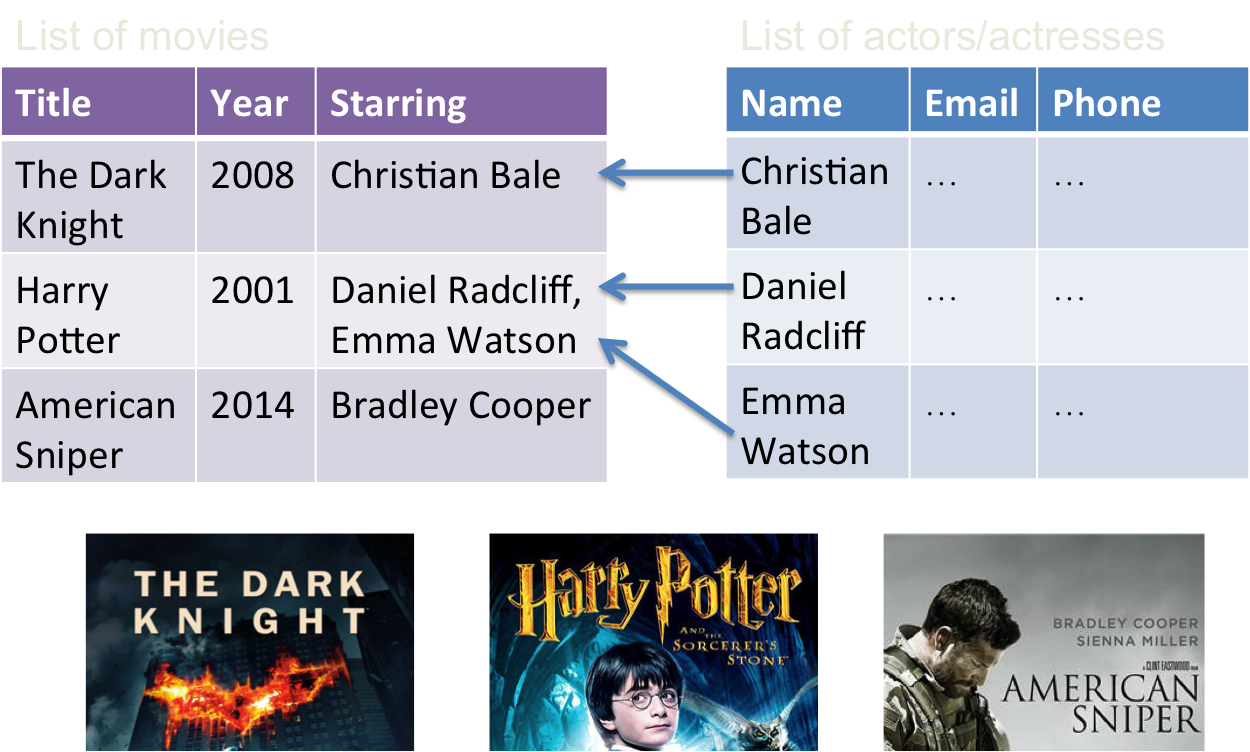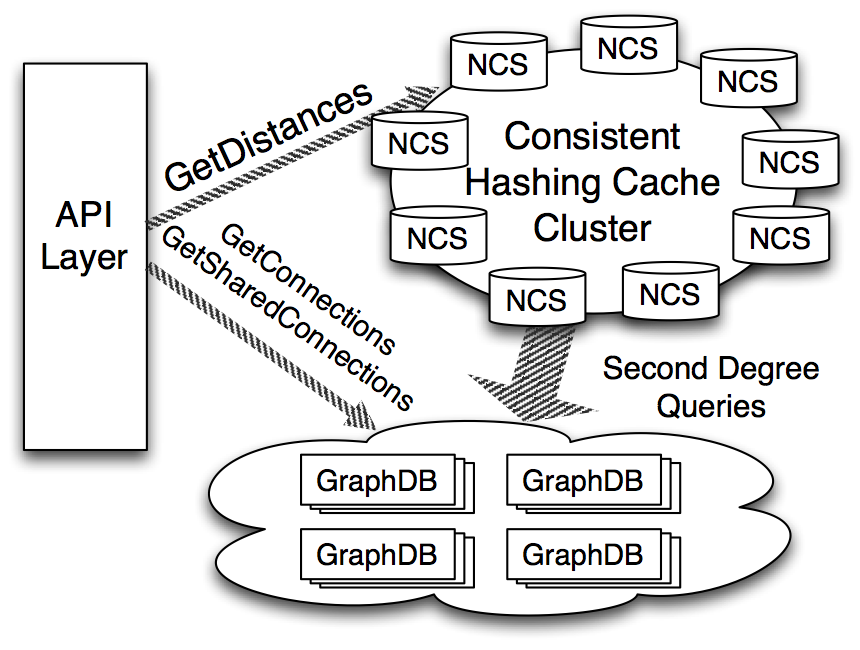Urban Big Data Analytics
Lecture 4Database and SQL
July 22, 2019
Instructor: Andy Hong, PhD
Lead Urban Health Scientist
The George Institute for Global Health
University of Oxford
Assignment 2 check in
- Gapminder offline tool
- Some people having trouble understanding what issue means
- An issue can be as specific as low child mortality
- Or as broad as poor child welfare
- It's about how you frame the problem, big or small
Database
What is database?
- A systematic collection of data
- Support storage and manipulation of data
- Make data management quick and easy
- Examples of database:
- Online telephone directory
- Amazon products database
- Facebook posts database
Why use database?
- Only way to handle large "big" data
(over 10 million rows) - Faster to search and query
- Easy to manage and reliable
- Keep data and relationships separately
- Handle multiple users concurrently
Why NOT use database?
- Difficult to set up
- Need a special software
- Require expert knowledge
- Overkill for small data
- Don't have time and money
Two most common types

When to use what?
| Relational DB | Non-relational DB |
|---|---|
|
|
Example
Relational database
Warner Bros Database


Example
Non-relational database
LinkedIn Member Distance DB


Structured
Query
Language
What is SQL?
- Standard language for relational database management systems (RDBMS)
- Been around for more than 40 years
- Universal language for database:
- Build databases: CREATE
- Manipulate databases: INSERT, UPDATE
- Query databases: SELECT
Basic SQL commands
- CREATE TABLE: Creating a new table
- DROP TABLE: Removing a table
- UPDATE TABLE: Changing a table
- CREATE INDEX: Optimizing a table
- SELECT * FROM [table name] WHERE x = y: Querying a table
Basic SQLite commands
- .tables: View tables
- .schema [table name]: View header definitions
- .quit: Close the SQLite program
- .headers on: Turn on display of headers
- .mode csv: Comma separated values
- .mode column: Left aligned columns
SQLite Demo
Andys-MacBook-Pro$ sqlite3 seattle_crime_data.db
SQLite version 3.13.0 2016-05-18 10:57:30
Enter ".help" for usage hints.
sqlite> .headers on
sqlite> .mode column
sqlite> .tables
SQLite Demo
sqlite> .schema crime
CREATE TABLE crime(
"ID" TEXT,
"GeneralOffenseNumber" TEXT,
"OffenseCode" TEXT,
"OffenseCodeExtension" TEXT,
"OffenseType" TEXT,
"SummaryOffenseCode" TEXT,
"SummarizedOffenseDescription" TEXT,
"DateReported" TEXT,
"OccurredDateorDateRangeStart" TEXT,
"OccurredDateRangeEnd" TEXT,
"HundredBlockLocation" TEXT,
"DistrictSector" TEXT,
"ZoneBeat" TEXT,
"CensusTract2000" TEXT,
"Longitude" REAL,
"Latitude" REAL,
"Location" TEXT,
"Month" INTEGER,
"Year" INTEGER
);
SQLite Demo
sqlite> SELECT Year, OffenseType FROM crime LIMIT 10;
Year OffenseType
---------- ------------
Year Offense Type
2010 PROPERTY DAM
2012 THEFT-SHOPLI
2012 THEFT-OTH
2014 VEH-THEFT-TR
2014 BURGLARY-FOR
2010 ROBBERY-STRE
2014 VEH-THEFT-AU
2014 VEH-THEFT-AU
2014 ROBBERY-BUSI